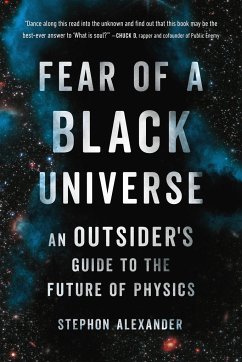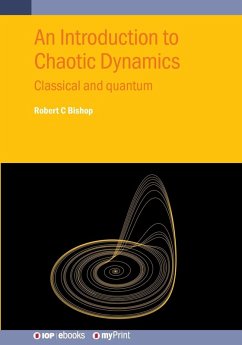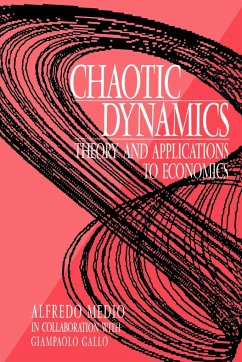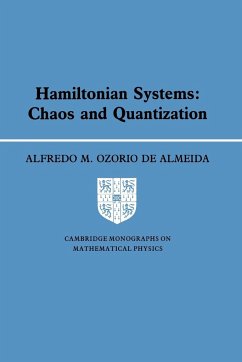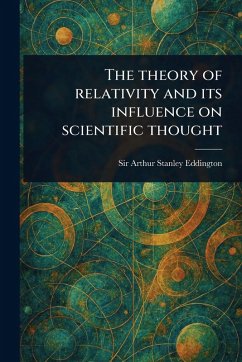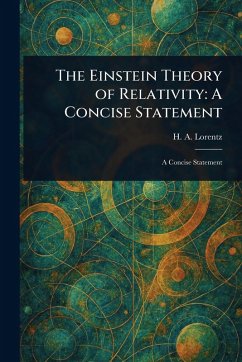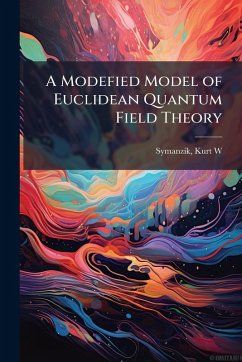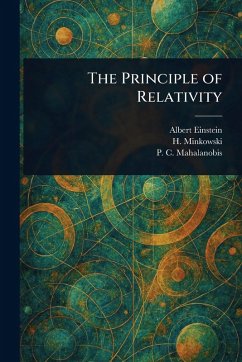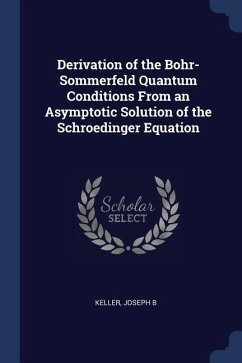
Understanding the Role of Chaos Theory in Military Decision Making
Versandkostenfrei!
Versandfertig in über 4 Wochen
15,99 €
inkl. MwSt.
Weitere Ausgaben:

PAYBACK Punkte
8 °P sammeln!
Chaos theory is a poorly understood concept in social science and in military analytical decision making systems. Military decision makers require a multidisciplinary approach of mathematical analysis, modeling and simulation, topology, and post-structural philosophy if they intend to conceptualize chaos theory and complex adaptive systems and theirs relevance to military planning. The essence of this understanding is that while chaos appears random, chaos properly understood is a deterministic series found in very simple forms. These forms exhibit sensitivity to initial conditions, bounding, ...
Chaos theory is a poorly understood concept in social science and in military analytical decision making systems. Military decision makers require a multidisciplinary approach of mathematical analysis, modeling and simulation, topology, and post-structural philosophy if they intend to conceptualize chaos theory and complex adaptive systems and theirs relevance to military planning. The essence of this understanding is that while chaos appears random, chaos properly understood is a deterministic series found in very simple forms. These forms exhibit sensitivity to initial conditions, bounding, and attractors. Despite various methods for detecting chaos in mechanical systems, data set size limitations and inability to separate out adaptive behaviors make these techniques of little value in situ. Adaptation and complexity are phenomena that are very different from chaos. Higher order interactions and effects, self-organization, and propensity of co-evolution and novel emergence distinguish chaos from stochastic processes. The self-organization and emergence are evident when a cumulative effect is different from the additive effects of the components. These self-organizing components differ from chaos because the properties of resolution and scope are fundamentally different. The fractal nature of chaos ensures that it is scale less and, therefore, unable to produce novel emergent effects. One way to conceptualize chaos within complexity is through the Deleuzian post-structural Philosophy of Difference regarding Smooth and Striated Spaces and Nomad versus the Sedentary agents. This conceptualization, transferred to chaos applications, links turbulence to barriers and increased gridding on the surface of open systems. These barriers inform agents on suitable terrain and options during decision-making. Understanding chaos has several applications for military planning in real world environments. Because chaos is bounded, planners can create allowances for system noise. T This work has been selected by scholars as being culturally important, and is part of the knowledge base of civilization as we know it. This work was reproduced from the original artifact, and remains as true to the original work as possible. Therefore, you will see the original copyright references, library stamps (as most of these works have been housed in our most important libraries around the world), and other notations in the work. This work is in the public domain in the United States of America, and possibly other nations. Within the United States, you may freely copy and distribute this work, as no entity (individual or corporate) has a copyright on the body of the work. As a reproduction of a historical artifact, this work may contain missing or blurred pages, poor pictures, errant marks, etc. Scholars believe, and we concur, that this work is important enough to be preserved, reproduced, and made generally available to the public. We appreciate your support of the preservation process, and thank you for being an important part of keeping this knowledge alive and relevant.




